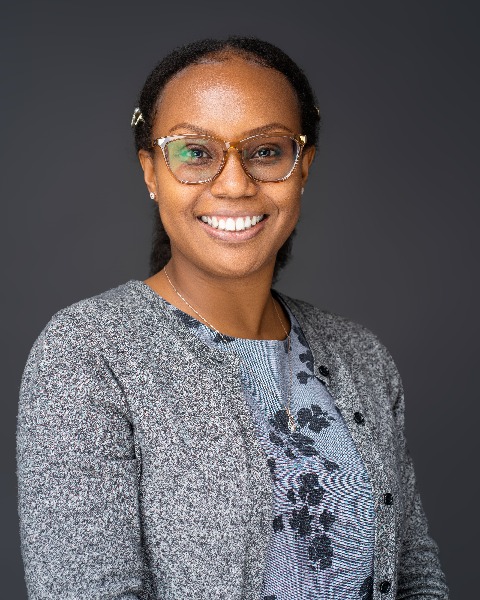Poster
Youth Focused Evaluation
Youth Focused Evaluation Poster Viewing
198 - The Power of Youth Story in Evaluation
Wednesday, October 11, 2023
5:30 PM - 7:00 PM ET
Location: Griffin Hall

Diane Mungai, Associate
Associate
Genesis Analytics, United States
Diane Mungai, Associate
Associate
Genesis Analytics, United States
Presenter(s)
Author(s)
Abstract Information: The African continent is on the cusp of dramatic change primarily due to the promise of the youth dividend. While this youth dividend holds unprecedented potential for the continent, a lot is required to ensure that young people are equipped to productively contribute to the transformation of their communities and economies at large. Youth economic opportunity programs are critical to leveraging this youth dividend and creating opportunities for the youth. As an evaluator, I believe critical evaluations of such programs are even more important. We need to know works, what doesn’t work and what approaches youth programs should adopt to ensure that youth are able to find meaningful work opportunities. To achieve this, the youth voice and youth stories must be front and centre. Case studies are one evaluation approach where the power of the youth story is concrete. Case studies enable the youth story to be told, to be given weight and to feed into an evaluative assessment of a youth economic opportunity program. Through a recent case-study evaluation, we compiled a series of youth case studies, exploring the youth’s experiences of a youth economic opportunities program, the impact it had on their lives and livelihoods and the subsequent impact on their families and communities. The youth spoke to the evaluation team about their story, their lives and the journey they had been on as a result of the program. Through this, the story of each young person was unpacked, we were able to understand exactly what the program meant for them, and how much it did/didn’t influence their lives. This was later captured in a story format, describing the story as it was told to us. This formed the basis of the evaluation and the recommendations. Designing an evaluation that assesses the effectiveness and impact of a youth employment program requires that the youth voice guides what is important and therefore what is measured, and how this is measured. In my experience, when youth are engaged in the evaluation design, their voices guide what is important for the evaluation to unpack, the best approaches to do this, the data collection methods that are most relevant, and how to analyse the findings so that they are context-appropriate. These conversations have changed our evaluation choices and the evaluations have been better for it. Lastly, youth stories, when captured as a story in an evaluation's findings, holds more power and weight than a summarized description of the qualitative data collected. Stories have first-person perspective and value, they are meaningful, and they carry nuance that is lost if viewed solely as an input to a qualitative data collection process.
Relevance Statement: This session will showcase and highlight how youth stories can and should be used to guide the evaluation process and evaluation choices. It will also showcase how youth stories can be more meaningful when told as is, as opposed to trying to consolidate, code and synthesise as a body of qualitative evidence. The session will also present some ideas on how these can be presented and approaches to visualising the youth story.
Relevance Statement: This session will showcase and highlight how youth stories can and should be used to guide the evaluation process and evaluation choices. It will also showcase how youth stories can be more meaningful when told as is, as opposed to trying to consolidate, code and synthesise as a body of qualitative evidence. The session will also present some ideas on how these can be presented and approaches to visualising the youth story.
